-
Your shopping cart is empty!
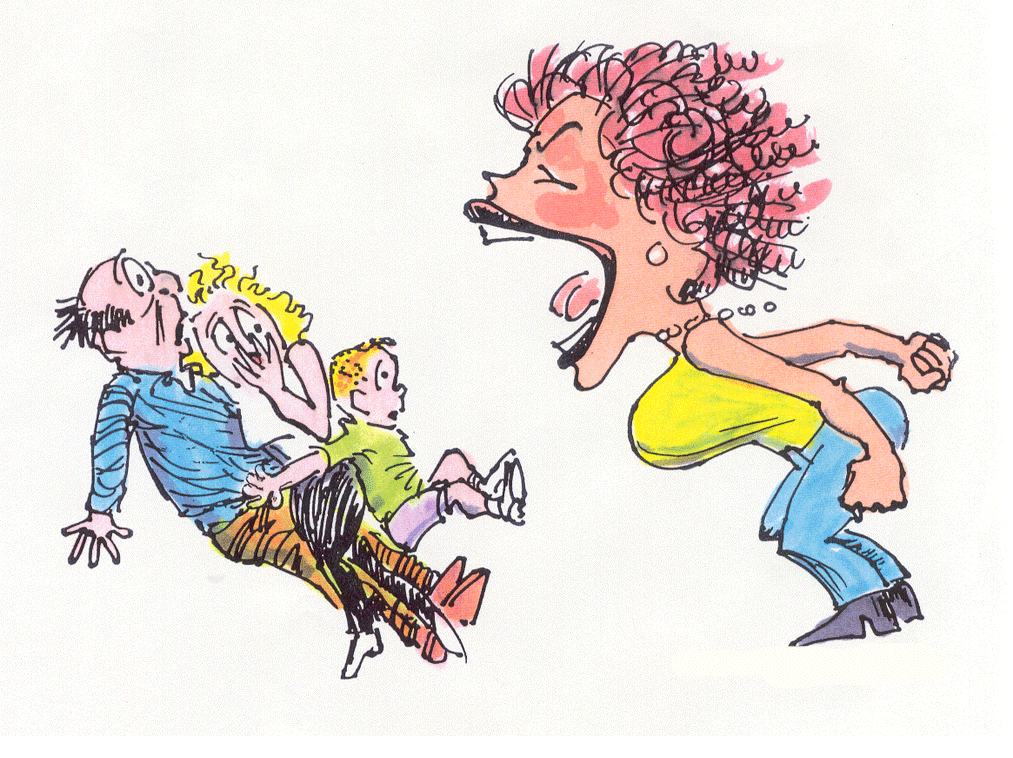
For many people, they believe that marijuana is something which impacts the brain only. This is so far from the truth, marijuana can help with many other parts of the body, including the reproductive system. The compounds in weed can actively interact with the sex hormone Estrogen. Estrogen is one of the key culprits which is behind the symptoms of the menopause.
Menopause is defined as the time in a woman's life, usually between age 45 and 55 years, when the ovaries stop producing eggs (ovulating) and menstrual periods end. After menopause, a woman can no longer get pregnant.
Menopause does not happen suddenly; most women experience several years of changes in their menstrual periods before they stop completely. During this time, many women also start to have menopausal symptoms. These result from declining levels of estrogen in the body and can include hot flashes, night sweats, mood changes, sleep problems, and vaginal dryness. A woman is said to have completed menopause once she has gone a full year without having a period. The average age for a woman to stop having periods is 51 years.
Menopause is a normal part of a woman's life and does not always need to be treated. However, the changes that happen before and after menopause can be disruptive.
The menopausal transition (also called “perimenopause”) is the time when your periods start to change (usually becoming less frequent). This phase lasts an average of four years and ends when you have your final period.
The average age of menopause is 51 years, although the age range can vary between about 45 and 55 years. Women who go through menopause before age 40 years are considered to have an abnormally early menopause.
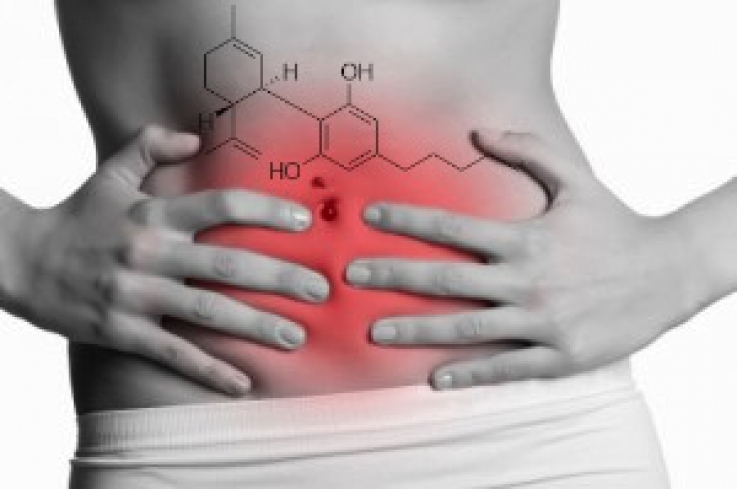
Surprisingly, the endocannabinoid system (ECS) does have a massive part to play in the menopause. ECS is actually a network of cell receptors and the corresponding molecules that bind to them. the ECS has lots of different functions but it primarily helps to maintain the homeostasis in the body.
To explain it a little more simply, homeostasis is the optimum biochemical balance in the body's endocannabinoid systems which helps to regulate:
What's funny, though endocannabinoids are pretty much like the body's own marijuana. There are compounds in the marijuana plant (phytocannabinoids) which directly interact & engage with the endocannabinoids system. When it comes to women's reproductive health, estrogen & endocannabinoids go hand in hand.
Here's an amazing fact, when a women's estrogen peaks, so do the levels of endocannabinoid. Amazingly, prior to the menopause women are at their most sensitive to the psychoactive THC right before they ovulate, which is when estrogen levels are at their highest.
The estrogen directly engages endocannabinoids. Also, the enzyme which breaks down certain endocannabinoids (enzyme FAAH) is regulated by estrogen. When estrogen levels begin to drop, endocannabinoid levels then change. The implication of those changes are under-researched at present but a handful of early studies have shed some light on the possibilities.
Some animal research has shown that estrogen recruits endocannabinoids to help regulate emotional response and mood. As the estrogen levels begin to decline, disruptions in the way that the body handles endocannabinoids can contribute to menopausal associated mood swings.
Many have suggested that endocannabinoid deficiency can also contribute to early menopause. Endocannabinoid deficiency is a theoretical condition in which the body doesn't have a proper endocannabinoids tone, which leads to a wide range of health problems.
There have been many other studies which have suggested that mutations in genes which code the endocannabinoid system can actually increase the risk of obesity and metabolic syndrome in postmenopausal women.
Using cannabis to help with menopausal symptoms is actually a thing of the past, way back in the 1920s medical texts had identified weed as a potent analgesic for women with the menopause. Back in 1889, a treatise on the use of marijuana indica as a rectal suppository was published.
It may sound particularly unpleasant, he noted the medicine did seem too easy many menopausal symptoms, the symptoms include:
[…] The excitement, the irritability, and pain in the neck of the bladder, flashes of heat, and cold. – Farlow
Over a century later we have a slightly better understanding of how the herb can help menopausal women. However, very little research has taken part in the subject since those early reports. We have federal marijuana prohibition to thank for that but what we do know is based on very little information available.
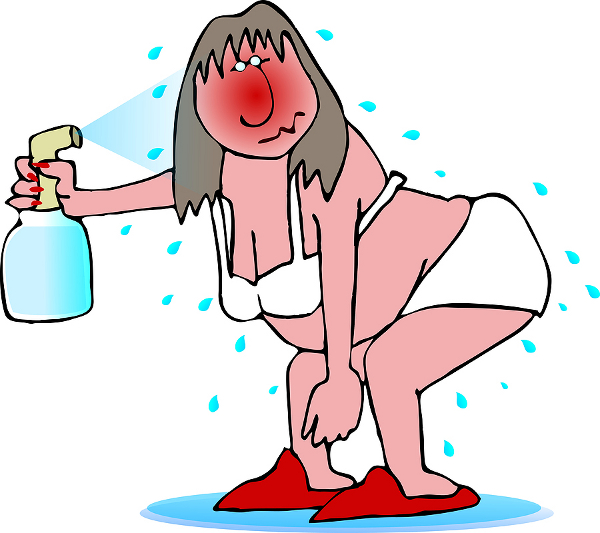
Thc is commonly known to lower the body temperature, in the body, THC replaces endocannabinoids called anandamide.
This compound has several functions (more are being discovered) but one of those functions is temperature regulation. Endocannabinoids are a part of the body's thermostat.
When you consume THC you are changing your thermostat, evidence from anecdotal and animals suggest that THC has a cooling effect.

Having low estrogen levels can have a massive impact on your moods. As mentioned earlier, estrogen rounds up the endocannabinoids which help to maintain moods aswell as reduce anxiety. Although, when your estrogen levels drop, what is left to trigger those molecules into action?
As usual, more research is what is needed but we do know that there is strong evidence that cannabinoid therapy can boost moods, and where can you get supplemental cannabinoids? Marijuana.
THC & cannabidiol (CBD) have mood-lifting properties. When in lower doses THC is a potent antidepressant. Nonpsychoactive CBD has been found to be an extremely fast-acting antidepressant in animal models. It's also a powerful anxiolytic, CBD can also help to calm down anxiety produced by THC.
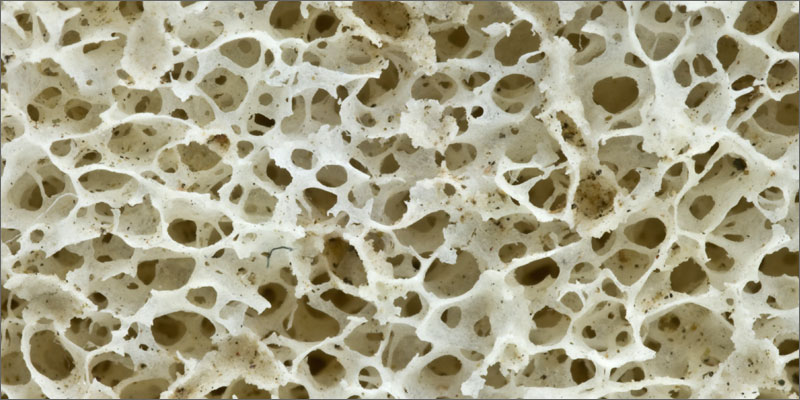
If you want to build yourself some strong bones then your body needs estrogen. Every day your bones go through a process of getting rid of any damaged cells and then replaces them with new, healthy cells. Estrogen regulates the process. When you get older your body will produce less estrogen, so you will be more susceptible to bone weakness and some diseases like osteoporosis.
It turns out that some compounds in marijuana may be able to help with this. Back in 2009, a review found that alterations in genes which code the cannabinoids receptors are associated with an onset of postmenopausal osteoporosis. This review had also discovered that cannabinoid treatment had helped to prevent bone loss associated with surgically induced menopause (ovariectomy) this concluded that cannabinoid-based drugs can be a novel therapeutic approach for osteoporosis in the future.
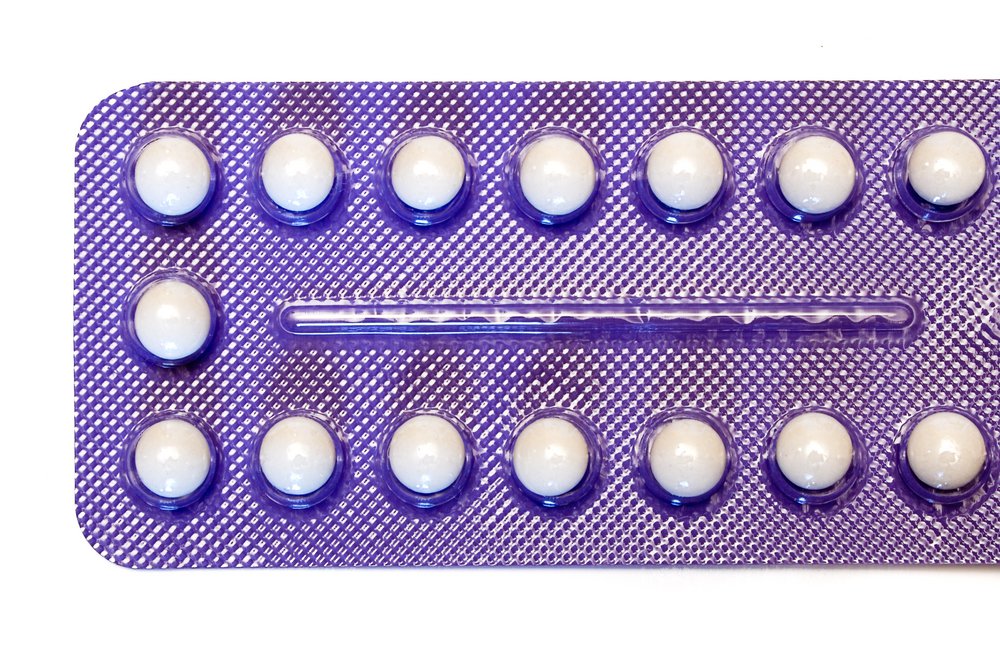
Estrogen Replacement Therapy (ERT) is one of the most used ways to treat menopause and menopause induced osteoporosis. Although ERT brings along its own complications. Hormone therapy can put you at risk of dementia, breast cancer, heart attack, and stroke.
With little research, adding cannabinoids to ERT, there has been a substantial amount of evidence which compounds in cannabis can protect against some of the major side effects. Anecdotal, cell line and animal studies have discovered that CBD and THC have anti-tumour effects in breast cancer.
Some other studies have also suggested that cannabinoids are neuroprotective and eliminate the primary neurotoxin associated with Alzheimers Disease. In any event of a stroke, the cannabinoid treatment can help the brain with faster recovery and reduce the overall amount of damage the stroke had caused.

Losing the appeal for sex is a massive problem for many women in the menopause, also having the trouble of lubrication is another big side effect. Fortunately, marijuana can help with both of these side-effects. There is THC-infused lube to help promote a nice, tingly sensation, but cannabis is known as a libido enhancer for women and in fact, weed has aphrodisiac effects which might work better with women than it does for men.
The tip is that THC may have the opposite effect on your libido when taken in high doses. There hasn't been any research to prove if this is the case or not with menopausal women, though. It's best to begin slowly and work your way up to a dose which seems to suit your needs best.

Averagely women gain around 5lbs during their menopause. Some women can gain as much as 15 - 25 lbs. This, however, is due to genetic & lifestyle factors but changes to estrogen do also play a role. Gaining weight after the age of 40 can increase the risk of depression, type 2 diabetes, breast cancer, and heart disease.
Although marijuana has often been associated with having the munchies, a recent study in humans has found that cannabinoids THCV and CBD can be useful in regulating metabolism & staving off type 2 diabetes.
Both cannabinoids improve insulin sensitivity and can reduce the build-up of fat in the liver. Studies on animals have found that CBD is a mild appetite suppressant and encourages weight loss.
The pharmaceutical industry has become increasingly interested in the potential weight loss from cannabinoids. An anti-obesity drug Rimonabant was a synthetic cannabinoid which helped patients to lose weight, decrease waist circumference & increased good cholesterol.
However, Rimonabant just so happened to block a cell receptor which is critical in maintaining mood so it was taken off the market when patients had become suicidally depressed. It is important to note that real marijuana is not associated with that risk.

The hot flashes can keep you asleep at night, but not only can cannabis lower your body temperature but it can also help with sleeping through the night without the tossing and turning.
As we get older we spend a lot less time in restorative deep sleep and spend more time in the lighter stages of a sleep cycle. Poor quality sleep can also increase the risk of diabetes, dementia and other sleep-related diseases.
Marijuana increases the amount of time you spend in a deep sleep and maintaining a good sleep schedule is vital for longevity and promoting healthy aging.
If you find that you are having any trouble with your sleep, try an indicia strain of cannabis. Have it around an hour or so before you plan on your head hitting the pillow. Sativa strains promote wakefulness and indicate strains are deeply sedative. You will be snoozing away in no time with the indica.

Living with pain is certainly going to reduce your quality of life. Being in constant pain can, in fact, bring on depression, insomnia and increased stress. Those 3 things, in turn, can contribute to more pain and other age-related diseases.
There are many ways which you can do to help with chronic pain, such as eating nutrient-dense foods and moderate exercise but sometimes a little more help is what's needed.
Marijuana is extremely powerful at pain relief and has a higher margin of safety than many other prescribed drugs.
People who suffer from rheumatoid arthritis or osteoarthritis can often find good quality relief with marijuana. Cannabis is also thought to be hugely effective for neuropathic pain as well.
THC & CBD both have pain-fighting properties, and yep they work much better when they are combined together.
For more articles we have regarding the benefits of cannabis with medical conditions, check out Our Blog page where there is plenty to read.
AROUND THE WEB:
Leave a Comment